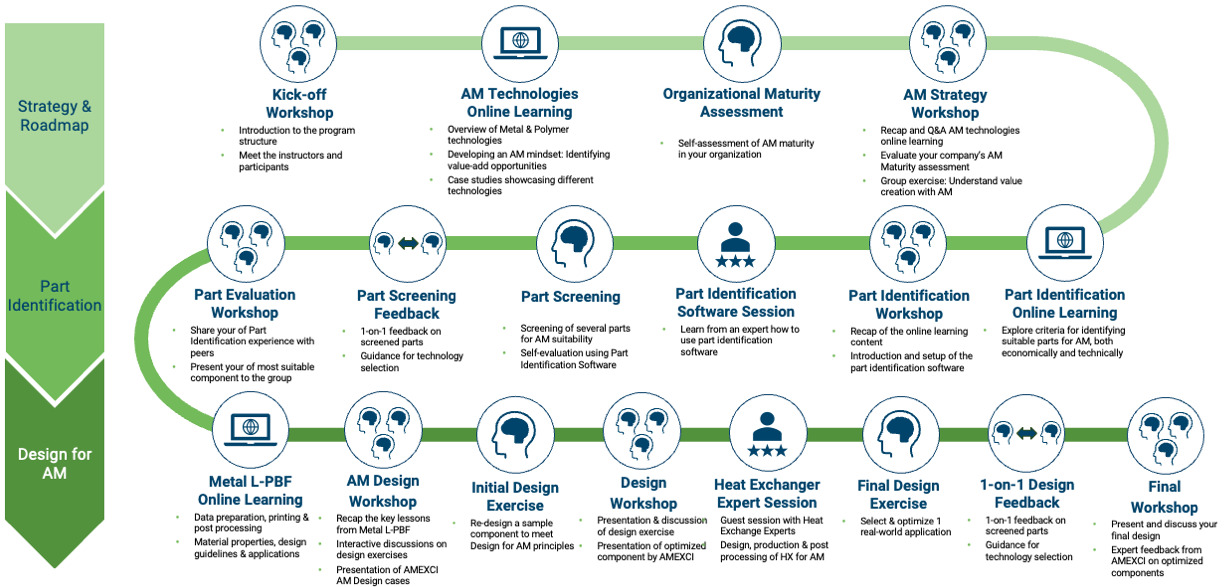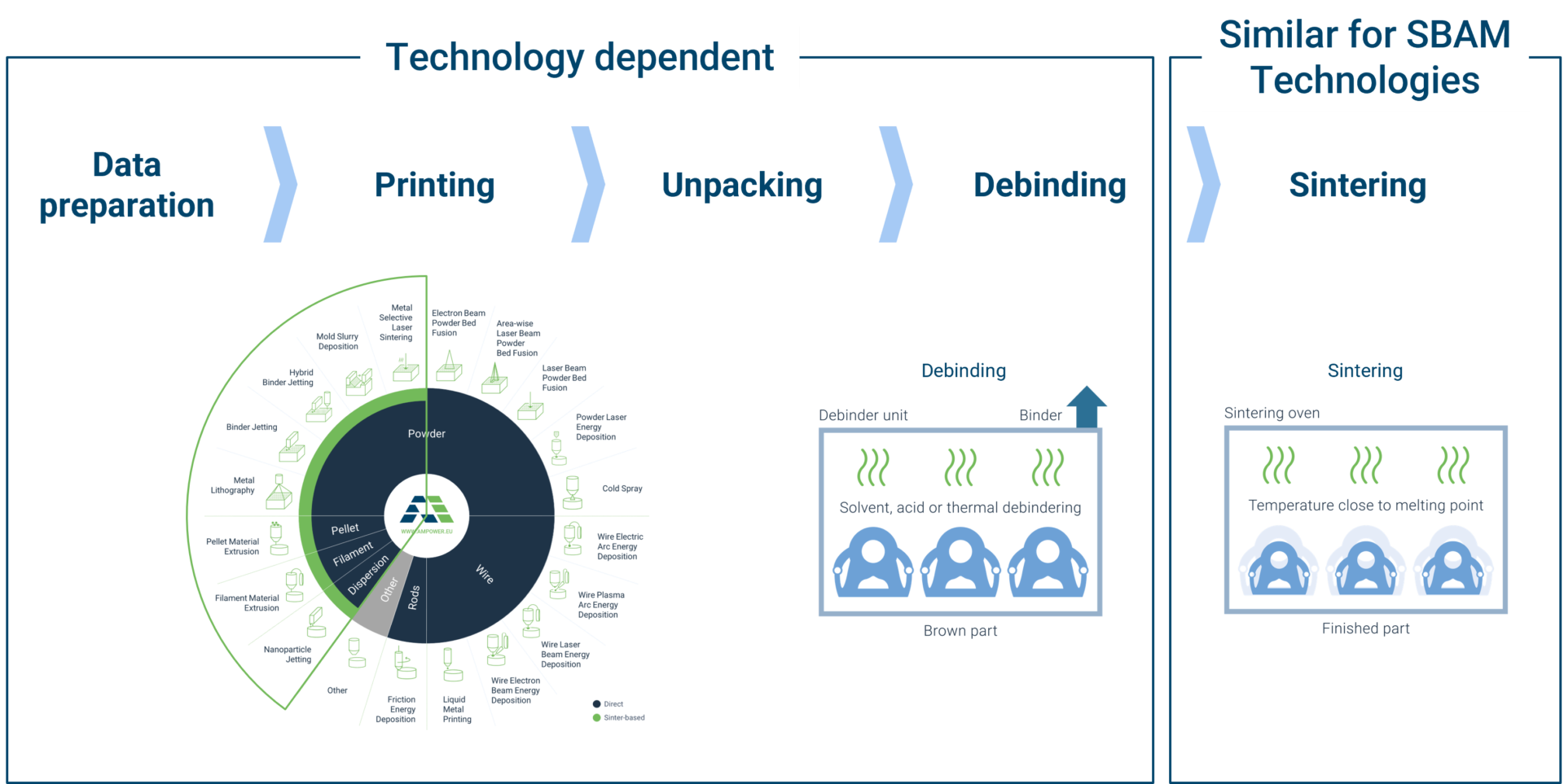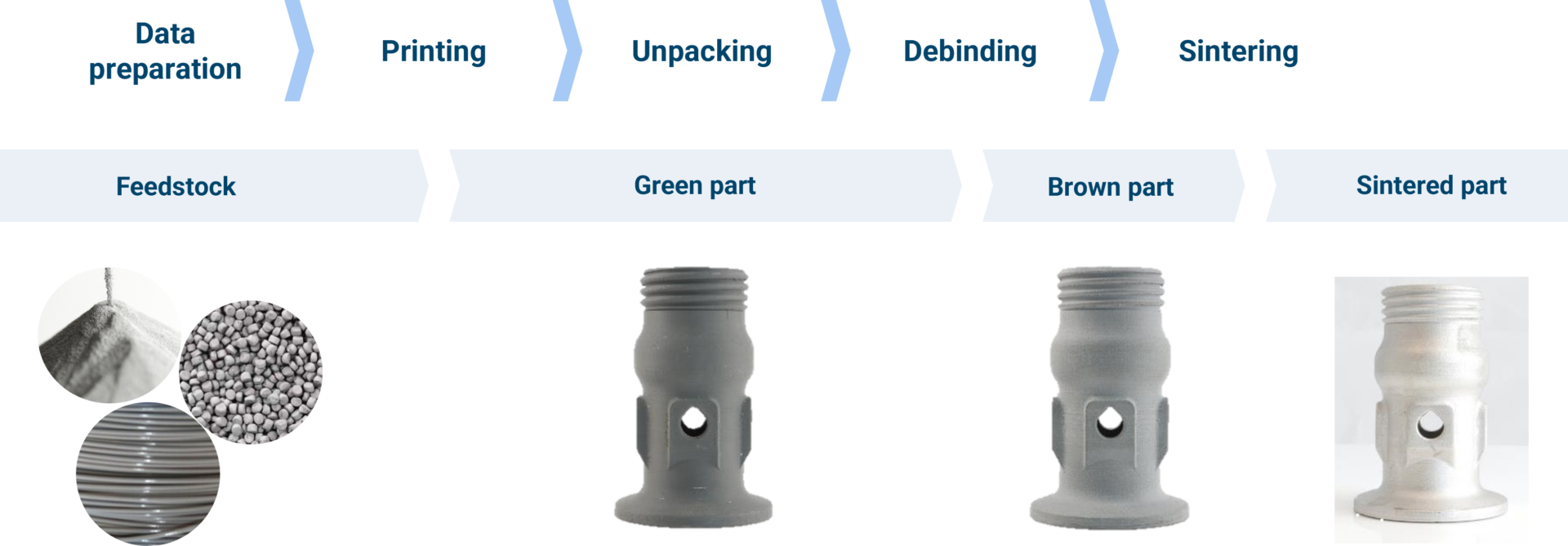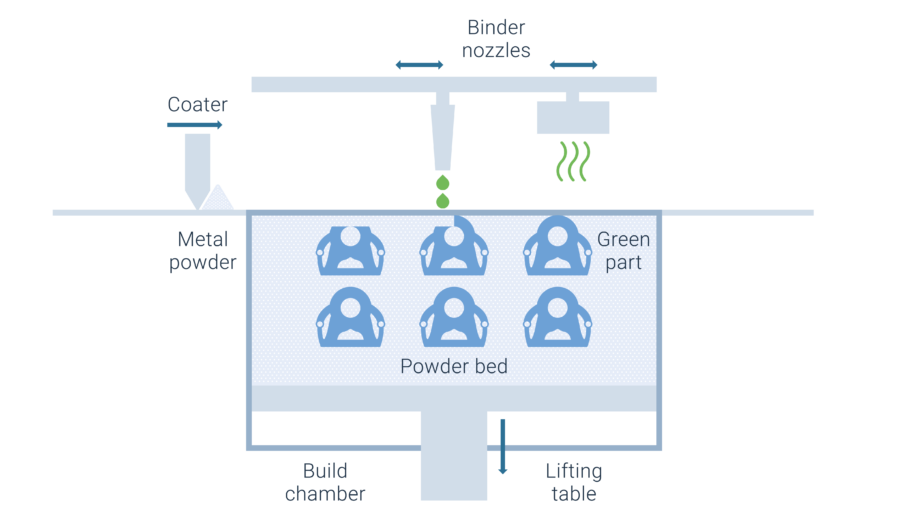
Combine the flexibility of self-paced online learning with expert-led live sessions, hands-on exercises, and personalized feedback. Our guided programs help your organization unlock the full potential of Additive Manufacturing. Whether you are looking to sharpen your AM strategy and roadmap, identify the right parts for Additive Manufacturing or enhance your design capabilities, our programs are designed to deliver actionable results. In contrast to our online learning programs, which are self-paced and can be completed at any time, the guided programs are led by experts in their respective field.
Guided Programs
Explore our Guided Programs
Duration and structure
10 weeks (all 3 stages)
Each stage can be completed independently or as part of the full Guided Program. Whether you’re starting with strategy, identifying parts, or designing for AM, the program can be tailored to your needs.
Format:
- Self-paced online learning modules
- live expert sessions
- practical exercises
Key features:
- Personalized feedback on your projects
- Expert-led workshops and Q&A
- Collaborative group exercises
Who should enroll:
- Engineers, designers, and decision-makers looking to integrate AM into their processes
- No prior AM knowledge required
Strategy & Roadmap
Develop a clear, actionable strategy for implementing Additive Manufacturing within your organization. In this stage, you’ll assess your company’s current AM maturity, identify key opportunities, and create a roadmap tailored to your business goals.
Part Identification
Learn how to identify and evaluate the most suitable parts for Additive Manufacturing. Through expert-led sessions and hands-on exercises, you’ll discover how to screen and select components based on technical and economic feasibility.
Design for AM - Metal Program
Master the principles of Design for AM to optimize your components for production. This stage focuses on re-designing parts for AM, covering material properties, post-processing, and design guidelines to ensure efficient and effective manufacturing.
You are looking for a 3D Printing training with industrial production in mind?

Benjamin Haller
Managing Director
Reach out and send a message to our Managing Director responsible for online and live training.





